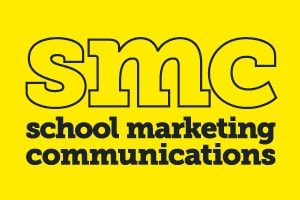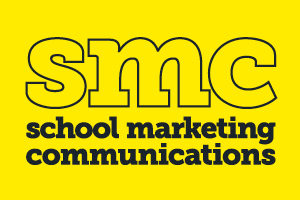The benefits of marketing your school through customer testimonials and user-generated content are profound. Consumers are becoming savvier when conducting online research and require greater social proof when making a purchase decision. According to Nielsen, the top two most trusted sources for buyers are recommendations from family/friends (92 percent) and consumer reviews (70 percent).
This means that user-generated content such as reviews and testimonials are often seen as more credible than other forms of content.
Testimonials build trust and credibility. They can:
- enhance search engine optimisation (SEO)
- improve social media reach and engagement
- promote brand advocacy among customers and staff
- provide learning opportunities to improve your school’s brand.
To create testimonials, you first need to have a good understanding of who your satisfied parents are. This is where sourcing and analysing customer feedback comes in. Schools are generally great at gathering parent and student feedback, conducting regular online surveys and generating frequent social media content that encourages response and online engagement as well as promoting brand advocacy by building community.
Gathering prospect testimonials is much harder – these are people who are not yet ‘customers’. Schools generally have a large prospect base as a result of long waitlists and early enrolment registrations. Some families register their children at birth for a place in high school. This means that schools must contend with lengthy lead nurturing times and work harder to keep those prospects happy. Building brand advocacy during this phase of the customer life cycle is critical.
Scotch College in Perth does this particularly well. With their Little Pipers program, they make the most of the opportunity to engage prospective families before formal schooling starts. Children aged four and younger can attend free playgroup sessions at the school, participating in literacy sessions (Rhyme Time and Toddler Tales) and fun activities involving Art, Physical Education, Music and French. There’s also a kindy for three year olds to familiarise them with the school environment.
This initiative builds a strong sense of community among families who are yet to become customers and goes a long way toward building brand advocacy in the infancy of the customer life cycle. It also takes the opportunity to showcase the school’s facilities and teaching staff, allowing children to build relationships with teachers before they even start school.
The icing on the cake is the program’s dedicated Facebook page that is used to promote upcoming sessions and activities and showcase the program. This is a fantastic way of building community and enhancing the prospect experience.
Here’s how to effectively use prospect testimonials in your school content:
- Lead nurturing: look after and communicate with your prospective families regularly. Programs like Little Pipers are great but you can also share content, be active on social media, make phone calls and invite families to the school for special events.
- Seek feedback: know who your satisfied prospects and customers are. Conduct regular online surveys, interviews and workshops and ask for testimonials from your satisfied families. Not all feedback will be positive so it’s important to learn from them and make the necessary improvements to ensure customer satisfaction in the future. As Bill Gates said, “Your most unhappy customers are your greatest source of learning.”
- Video is king: video involves more of the senses than a simple text testimonial and is therefore more engaging, allowing a greater connection for the audience. Text testimonials are good but try to source an image to humanise the review.
- Publish online: it’s no good owning this content if you’re not going to share it. Ensure testimonials are published throughout your website, including the homepage, a dedicated testimonial landing page and on web pages critical to the enrolment process such as How to Apply and Fees. Testimonials also make great calls-to-action.
- Get social: share testimonials on your social pages and encourage reviews. Even negative reviews are okay – they add authenticity to your reviews. No product or service is absolutely perfect.
There are plenty of advantages to using testimonials and user-generated content to support your marketing. Lead nurturing and ensuring both your prospective and current customers are satisfied are critical when sourcing testimonials and reviews.







